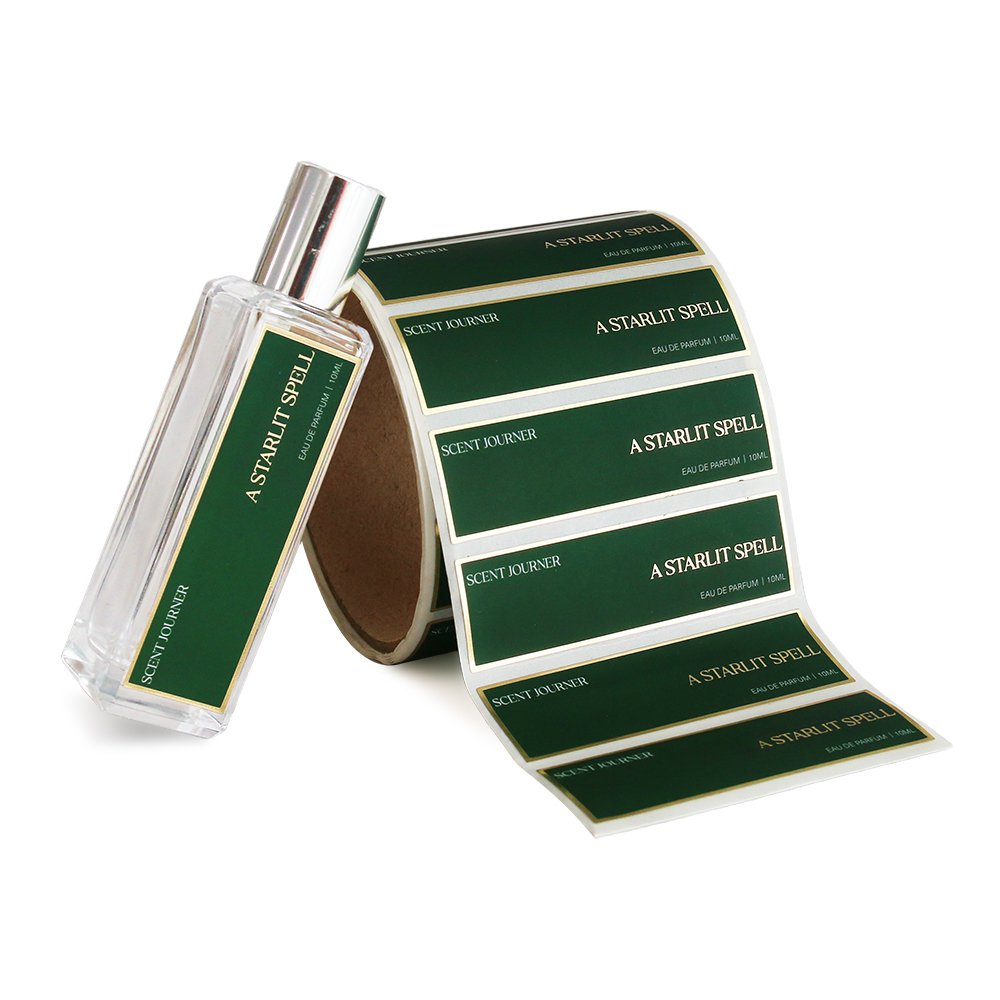I. Main Types of Ceiling Sticker Materials: Core Properties and Features
Different materials have distinct physical properties that directly affect their performance in various spaces. Understanding each material’s key features is essential for accurate selection.
(1) PVC Stickers: Cost-Effective Choice for Basic Dry Environments
PVC stickers, made primarily from polyvinyl chloride resin, are among the most common ceiling sticker materials on the market. Their main advantages are strong adhesion and affordability. They come with a self-adhesive layer for easy installation, even for beginners, and feature a smooth surface, vibrant colors, and diverse patterns — ranging from starry skies and geometric shapes to wood grain and marble effects — making them ideal for budget-conscious or personalized decorative needs.
In terms of performance, PVC stickers can withstand temperatures between -10°C and 60°C, are moisture-resistant, and easy to clean with a damp cloth. However, regular PVC products may contain plasticizers that emit a slight odor. It’s recommended to choose eco-friendly PVC (plasticizer content ≤ 0.1%) to prevent long-term indoor air pollution. Additionally, PVC has poor breathability, so if the ceiling base retains moisture, bubbles or peeling may occur. The surface must be fully dry before installation.

(2) Self-Adhesive Wallpaper: Flexible Option for Temporary Decoration
Self-adhesive wallpaper uses a paper base with a self-stick adhesive backing. Some types employ “static adhesion” or “water-activated glue” technology, eliminating the need for traditional pressure-sensitive adhesives.
Its main benefits are flexibility and removability—it can be repositioned during application and removed later without leaving sticky residue. This makes it ideal for rental homes or short-term living spaces.
Compared with PVC, it’s more environmentally friendly, as paper-based materials with low or no adhesive formulas emit less odor. Many products are certified eco-safe. Designs often include soft, cozy patterns such as florals, stripes, or minimalist solids—perfect for creating a warm ambiance.
However, self-adhesive wallpaper has medium adhesion, suitable only for flat, dry surfaces. It’s less heat- and moisture-resistant (0–40°C), can’t be scrubbed with a wet cloth, and is prone to tearing. Lifespan is relatively short (around 1–2 years).
(3) Boeing Film (Decorative PVC Sheet): Best for High-Humidity or Greasy Spaces
Also known as PVC decorative film, Boeing film is designed specifically for humid or oily environments. It features a high-density PVC surface layer with an acrylic adhesive backing.
Its major strengths are excellent moisture and oil resistance — with a water contact angle ≥ 90°, it can be rinsed directly with water, and stains or grease can be wiped off with detergent and a damp cloth.
It performs well across a wide temperature range (-20°C to 70°C), maintaining shape and color even in sun-exposed balconies or near kitchen stoves. Its adhesion far exceeds that of standard PVC stickers, lasting 3–5 years without peeling — ideal for ceiling applications on tile, glass, or cement substrates.
However, Boeing film is relatively rigid and must be cut with a utility knife and straightedge. Corners should be softened with a hairdryer before bending to prevent wrinkles, requiring moderate installation skill.
(4) Non-Woven Fabric Stickers: Eco-Friendly and Breathable for Long-Term Use
Non-woven stickers are made from a blend of natural plant fibers (e.g., cotton, linen) and synthetic fibers, offering a good balance between environmental friendliness and decorative appeal.
Their key feature is high breathability, preventing trapped moisture under the ceiling surface—especially beneficial for gypsum board or putty-based substrates. This helps avoid bubbling or delamination caused by moisture buildup.
They are odor-free, highly eco-friendly, and many products meet EU E0-grade environmental standards, making them ideal for bedrooms, studies, or other long-term living spaces.
Non-woven stickers come in rich textures—linen, suede, or fabric-like patterns—providing a warm, natural look with superior tactile quality compared with PVC. However, adhesion is moderate, so the ceiling surface must be smooth and dust-free. They attract dust easily, require regular dry cleaning, and should not be wiped with water to avoid texture damage.
(5) Diatom Mud Stickers: Health-Oriented Choice for Sensitive Spaces
Made from diatomaceous earth combined with natural clay and plant-based adhesives, diatom mud stickers are the most environmentally friendly ceiling sticker material.
Their key advantages include zero pollution, no chemical additives, and strong air-purifying properties—thanks to diatom particles with over 90% porosity that absorb formaldehyde and regulate indoor humidity. This makes them perfect for children’s rooms or spaces for elderly or allergy-sensitive occupants.
They have a matte, non-reflective surface that protects eyesight and often feature gentle, nature-inspired designs like cartoons or landscapes, appealing to children’s tastes.

However, their drawbacks include weaker adhesion—suitable only for smooth, dry putty or latex paint surfaces—and a narrow temperature range (-5°C to 50°C). Their high moisture absorption means they cannot be wiped with a wet cloth and should instead be cleaned gently with a dry brush. The typical lifespan is about 2–3 years.
II. Material Selection by Space: Tailored Solutions for Different Environments
Ceiling sticker materials should not be chosen uniformly. Selection should consider room temperature, humidity, function, and decorative goals. The priority is to address key issues such as oil resistance in kitchens, moisture control in bathrooms, and eco-friendliness in children’s rooms.


